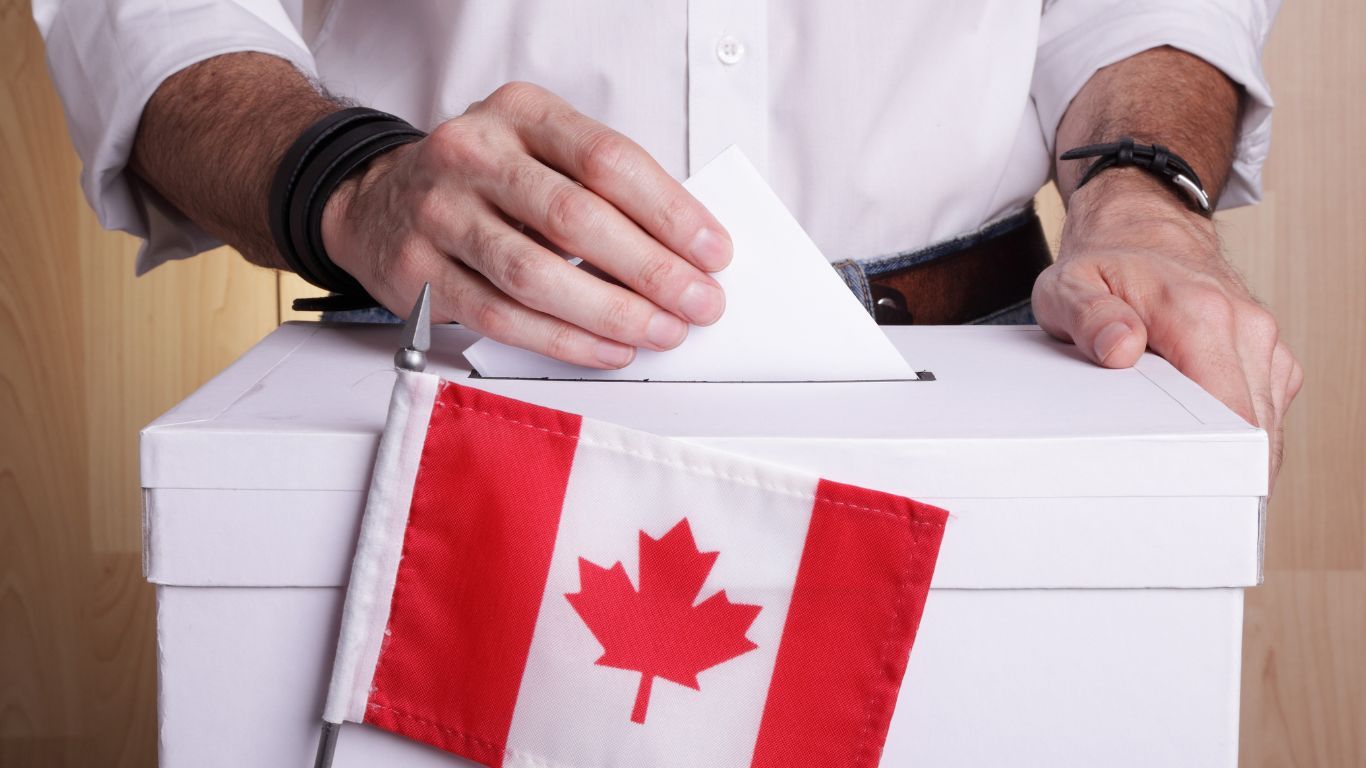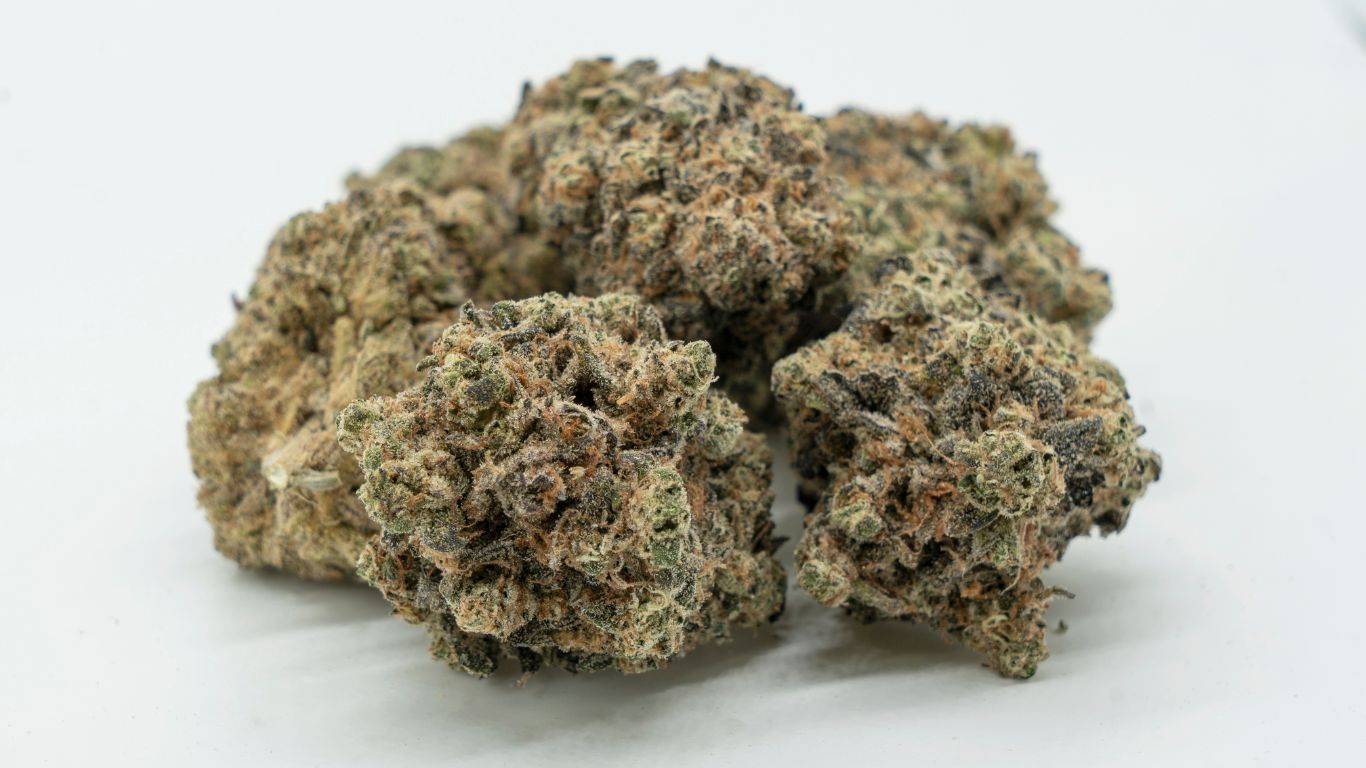
Tokyo Smoke confirms that they and their parent company, Canopy Growth, took steps recently to ensure that any vape pen products they are carrying in their stores do not contain any added phytol, pending results of a new study on the effects of the terpene.
First reported on StratCann in early August, Tokyo Smoke had sent out an email to vape pen manufacturers stating that Canopy will be placing immediate stop-orders on any vape products that list phytol as an ingredient and that the company will be following up with any vape pen manufacturers who list “terpenes” as in ingredient to determine if the terpene phytol is used.
Tokyo Smoke declined to note which of their suppliers vape pens contained the terpene phytol, citing a confidentiality agreement, but did note that the Dosist penn “Bliss” is publicly listed as containing phytol. Tokyo Smoke still lists other Dosist products on their website, but not the Bliss pen. Tokyo Smoke’s reply to StratCann is posted below:
“In order to ensure the safety of our consumers, Canopy Growth refrained from adding phytol to our vape cannabis products pending the receipt of study data from Lovelace Biomedical. Accordingly, none of Canopy Growth’s products contain added phytol.
“Canopy Growth took immediate action to examine all third party products sold in our stores, including by reaching out to our vape suppliers, all of whom are licensed under the Cannabis Act, to confirm which products contain added phytol. Products that contained added phytol were removed from shelves immediately.
“Because those are not Canopy Growth products, we would recommend that those who have questions or concerns should contact the manufacturers or contact Health Canada. The manufacturer’s contact information can be found on the vape cannabis product label.
“Canopy reached out to each of our third-party vape suppliers to determine whether their vaping products contain phytol as an additive. Our suppliers provided responses under confidentiality agreements, and so unless we are required to do so by Health Canada we are unable to disclose those responses without the consent of the suppliers. However, because this is public information, we can advise that the Dosist “Bliss” disposable vape pen lists phytol as an ingredient. We have no information as to concentrations or quantities of phytol in this device.
“We hope that more information will come out from manufacturers in the near future about which products do/do not contain phytol as an additive.”
StratCann has reached out to Dosist and several other vape pen manufacturers in Canada for comment, only one has provided comment so far.
Toxicant Formation in Dabbing: The Terpene Story
A representative for Figr says the company did not receive such a letter from Tokyo Smoke, but confirms they do not use phytol in their products. .
“We do not use phytol in any of our cannabis products at Figr,” Alex Smith, VP of Product Strategy and Operations at Figr Brands, Inc. told StratCann via email on August 11. “Last week, we received a letter from Health Canada informing us of the recent research on this terpene and we’ve informed them it is not an ingredient we use.”
“Testing and research like this is so important within the cannabis production process. At Figr, all cannabis products, including our vape products, are tested through independent third parties prior to market launch in order to ensure confidence-inspiring product quality and consistency.”
The head of an analytical testing lab in BC says his company uncovered concerns with phytol as an additive in vape pens earlier this year, as well.
If you start to get above (180 degrees Celsius), you get to a zone where there’s enough energy to start stimulating chemical reactions within the material, and that includes terpenes. And as you get higher, you get to things where the molecules can rearrange or they can form different things. One of the most stable structures for material that has six carbons is benzene. And benzene is a known carcinogen and is very dangerous to you.
Rob O’Brien, CEO of Supra Research and Development
Rob O’Brien is the CEO of Supra Research and Development in Kelowna BC, which does analytical testing for several different industries, including cannabis.
O’Brien, who is also an adjunct professor at the University of British Columbia, says he and his colleagues began looking at the issue of additives in vape pens after watching the topic of suspected problems with vitamin E acetate emerged in the US last year.
He says he saw that labs were looking at the ingredients inside vape pens, but not looking at what was happening to those ingredients when they were being heated and then inhaled. By January of this year, O’Brien says Supra started offering these testing services for cannabis producers in Canada, just as these products were beginning to emerge in the legal market.
“We test consumer products for contaminants, to ensure that when people use them as intended, they are not exposed to dangerous contaminants and chemicals,” explains O’Brien.
“When you use a vaporizer, the intended use is elevated temperature and when you use those at elevated temperatures, they can produce – depending on the ingredients – hazardous things that we only see at these high temperatures. That’s when they begin to break down. So if we want to evaluate those that are contaminants, we need to understand what happens at different temperatures.”
Hubert Marceau, the Director of Development at Laboratoire PhytoChemia Inc. in Quebec, says he thinks people need to look beyond individual terpenes like phytol, since terpenes of all kinds are susceptible to similar problems when heated in vape pens for inhalation.
“Is it more a problem that phytol is being used as a thinning agent or is it more of a problem that we are using flavours and terpenes of all kinds that can degrade into another product,” says Marceau.
“Phytol may not be the only culprit here. It may be one, but any other agent may have the same problem eventually. I think heating up terpene products (of all kinds) will potentially create similar problems.”
This kind of problem applies to just about any vape pen in general. Using more terpenes will certainly produce more of these degradation products. Even in nature they will degrade with contact with air and temperature and degrade into other products. I don’t think there is a safe way to use them. You are heating up chemical compounds that are kind of the precursor to some of these solutions and degraded products.
Hubert Marceau, Director of Development at Laboratoire PhytoChemia Inc.
Marceau says that consumers may think terpenes are safe because they are natural, but points out they are still volatile compounds that can be problematic both in their current form, as well as when they break down into more problematic substances with heat.
“This kind of problem applies to just about any vape pen in general. Using more terpenes will certainly produce more of these degradation products. Even in nature they will degrade with contact with air and temperature and degrade into other products. I don’t think there is a safe way to use them. You are heating up chemical compounds that are kind of the precursor to some of these solutions and degraded products.”
O’Brien, at Supra, says he and his team are working on an education campaign for consumers to try and encourage people to use low temperature vaping that can help avoid some of those problems.
The ideal temperature, he says is around 180 degrees Celsius, where consumers can get the cannabinoids and terpenes they are seeking to experience, without any chemical changes in those compounds into potentially more dangerous substances. For the sake of a memory tool, he says Supra is working on an education campaign for consumers, encouraging people to remember to not go over 420 degrees Fahrenheit, or 215 degrees Celsius. But even that, he says, is probably a little over any necessary temperature.
“We have found that about 180 degrees Celsius, which is around 370 degrees Fahrenheit, you will actually get most of the terpenes and the cannabinoids liberated from the material and transferred into the gas phase. In fact we’ve developed and validated analytical methods that profile terpenes at that temperature. When you get much hotter than that you can have that negative breakdown.”
“You get everything you need out of a cannabis product when you heat it up to about 180 degrees Celsius. More heat doesn’t give you any more cannabinoids or terpenes, but it can create problems.”
Those problems, he explains, are because when some of these otherwise relatively common ingredients, even various terpenes that can be naturally present in cannabis, they can change their chemical structure into potentially far more dangerous compounds, including carcinogens like benzene.
“When you smell a flower or a pine tree, what you’re smelling is these terpenes but those are at room temperature,” says O’Brien. “As you heat things up, you get more released. We’ve found that at around 180 degrees C, you get most if not all of the terpenes very effectively. And that’s also a temperature where you’ll see the cannabinoids released
When you use a vaporizer, the intended use is elevated temperature and when you use those at elevated temperatures, they can produce -depending on the ingredients – hazardous things that we only see at these high temperatures. That’s when they begin to break down. So if we want to evaluate those that are contaminants, we need to understand what happens at different temperatures
ROB O’BRIEN, CEO OF SUPRA RESEARCH AND DEVELOPMENT
“If you start to get above this,” he continues “you get to a zone where there’s enough energy to start stimulating chemical reactions within the material, and that includes terpenes. And as you get higher, you get to things where the molecules can rearrange or they can form different things. One of the most stable structures for material that has six carbons is benzene. And benzene is a known carcinogen and is very dangerous to you.”
O’Brien says he thinks there is a need for more regulatory oversight from the government, especially when it comes to requiring temperature controls on vape pens, as well as more self-regulation by the industry itself when it comes to the ingredients being used.
“We should have a regulation that none of these devices should go above 240c,” he says.
There’s no reason to, it’s just going to lead to trouble. I’d also like to see the industry regulating the types of ingredients people are using. If you’re producing products in this sector, you should be concerned with the safety of your users and you should make sure that your product is safe. And then we just need consumer education around these things”
Without self regulation, he says the industry could face much more drastic action by politicians reacting to community concerns. Although there are many health concerns with inhalation of any product, he feels vapes can be safe, but only with careful oversight.
“I think there’s potentially a safe zone for vaping, but we need to base this on science, not knee jerk reactions from scientifically illiterate politicians. If industry doesn’t police themselves better, we could see these products being removed entirely.”











